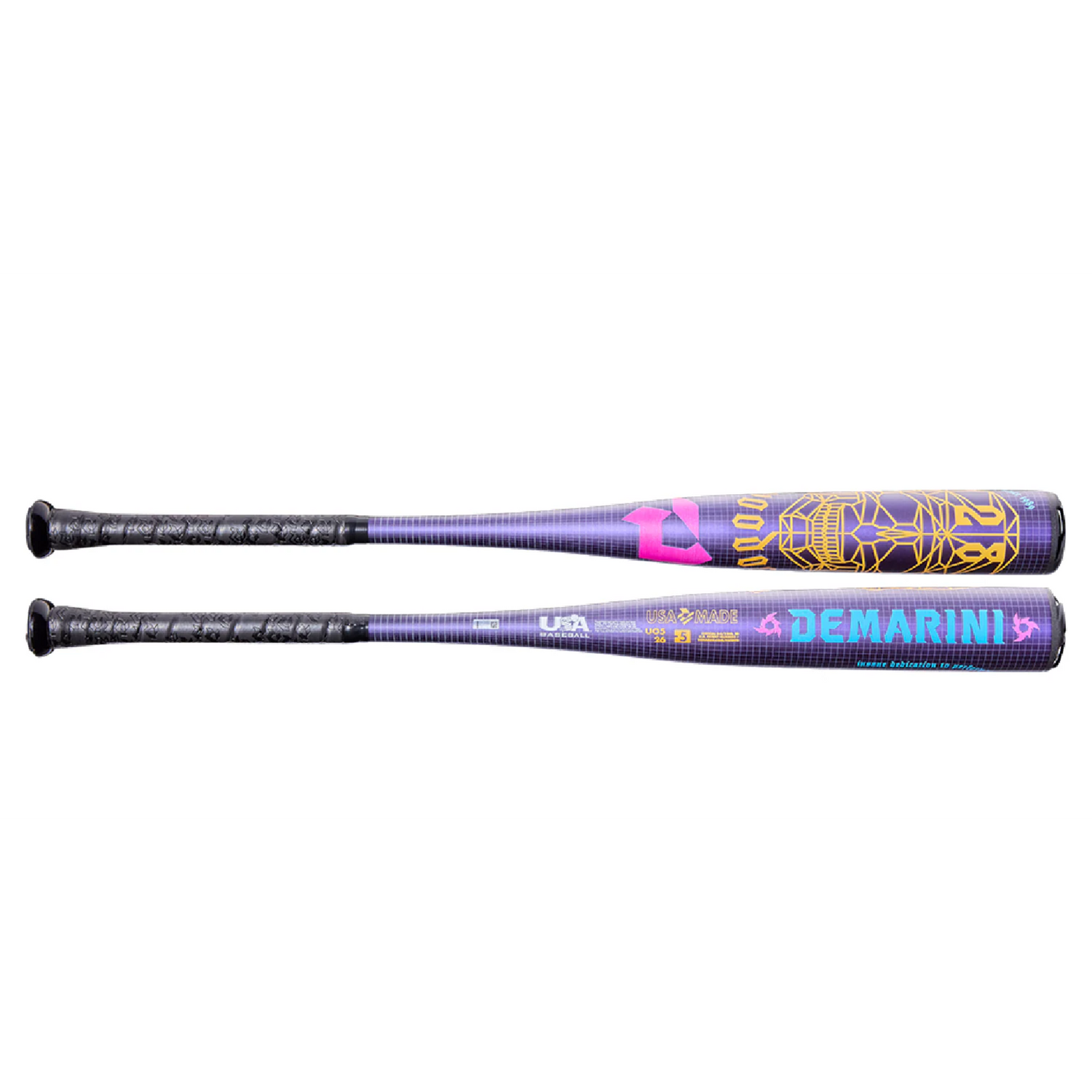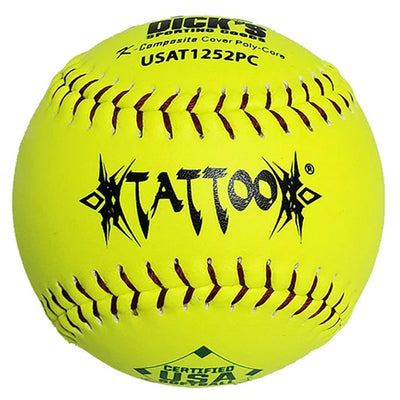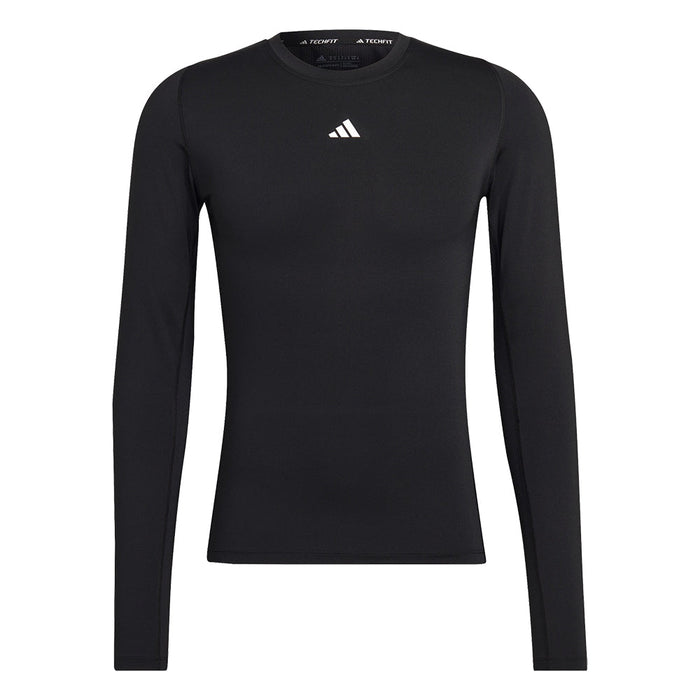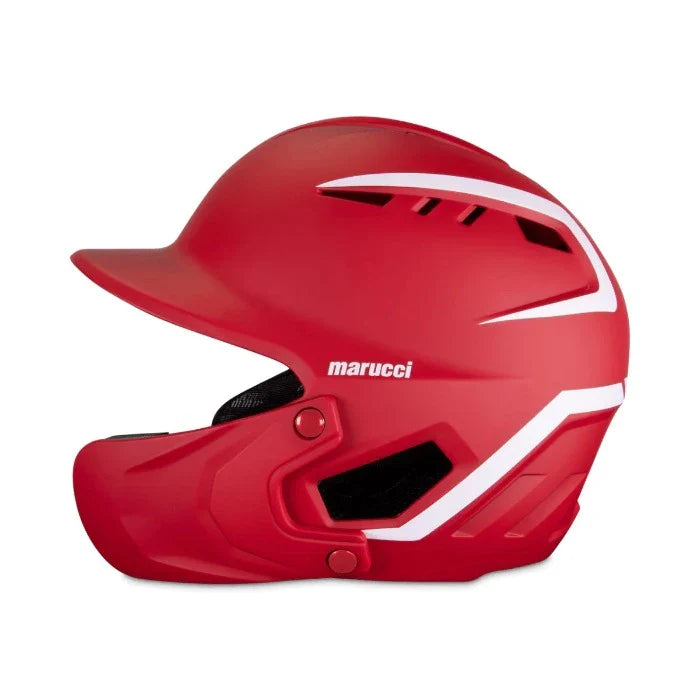Rawlings’ Heart of the Hide series has long been an icon in the ball glove industry. For decades, big leaguers and youth players alike have looked down at their palm in between pitches to see the distinctive HOH steer logo, with its head low and a jet of steam blowing from each nostril, and felt ready to attack anything hit their way.
But to truly get the most out of your Heart of the Hide glove – and to know whether an HOH is the right model for your game – it’s important to go beyond the iconography. What separates a Heart of the Hide glove from the rest of the ball gloves out there? What makes HOH different from other Rawlings series, like Pro Preferred? How should you break in your Heart of the Hide glove?
Knowing these answers will help you get most out of your gamer, and you’ll hit the field with more confidence and swagger when you understand the full scope of what goes into making a Rawlings Heart of the Hide glove.
What Makes Baseball Gloves Different?
In some ways, all ball gloves are the same: They all have finger stalls, a web, binding, laces, etc. But there are also a lot of ways that gloves can differ from one another.
Softball gloves, for example, are going to be constructed differently from baseball gloves: They’ll generally be larger and feature a wider pocket that can accommodate the bigger size of a softball. Gloves meant for different positions will be different, too -- obviously, a catcher’s mitt is different from an infielder’s glove.
Depending on their target audience, gloves are made from different materials. Youth gloves will often feature softer material like age-specific leather. Using these materials helps lower the price point and make gloves more available to young players just learning the game. On the other end, premium gloves may differ in what lace material they use, what synthetic materials they incorporate, or what kind of high-end leather they use (more on that later).
In short, all ball gloves serve a similar purpose, but not all gloves are created equal. This will help you understand what separates Heart of the Hide from the rest of the pack.
History of Rawlings Heart of the Hide Gloves
Rawlings’ ball glove legacy stretches back more than 120 years, but the company’s first true innovation in the game came in 1919. Bill Doak, a spitball pitcher for the hometown St. Louis Cardinals, approached Rawlings about some functional improvements to baseball gloves – namely, placing a “web” in between the thumb and forefinger to help secure the ball more easily.
Up until that point, baseball gloves were purely protective equipment, about as functional as playing with an oven mitt stuffed with tissue paper. But with Doak’s design, the ball glove became something entirely new: a piece of equipment that could improve your defense and give you an edge on the field.
Rawlings began manufacturing the Doak glove (1920 retail price: $10) and it soon became an industry standard. Rawlings established itself as the leading glove-maker in a new golden age of America’s Pastime in the 1920s and ’30s.
But as the game got more and more advanced, and the glove market became more and more competitive in the 1950s and 1960s, ballplayers were constantly searching for anything that could give them an edge in the field. Therefore, gloves became bigger and more sophisticated, with different position patterns, web types, and sizes. Many other Rawlings innovations, like the Fastback design and Trap-Eze web, came out during this era of glove design. But even as the market became denser and more diversified, one feature of quality ball gloves only became more and more important: High-quality leather.

Mickey Mantle was featured heavily in Rawlings advertising during his playing career.
When Rawlings developed its first Heart of the Hide gloves in the 1960s, the idea was that the HOH logo would serve as a guarantee that you were playing with only the finest, most durable leather, and you could depend on its performance game after game. HOH became particularly famous when TV networks began broadcasting games nationally using on-field microphones. Many fans watching at home were able to hear the loud “pop” of the glove clear as a bell in their living room, and that sound quickly became tied to Heart of the Hide leather.
Fans began noticing some of the era’s greatest players -- like Mickey Mantle (who was featured heavily in Rawlings Advertising at the time, and Reggie Jackson -- using Rawlings Heart of the Hide gloves. Heart of the Hide leather became a mark of defensive excellence, and this reputation has carried the HOH line to its iconic status today.
What Makes a Heart of the Hide Glove Special?
The same thing that always as: world-class, ultra-premium steerhide leather.
Rawlings only uses the best of the best full-grain steerhide to construct Heart of the Hide gloves. Why? Because it makes a difference.
Youth gloves or lower-end adult gloves are often made with cowhide leather, which is softer, generally easier to close, and easier to break in. But it also wears out faster and has a harder time standing up to the pace of play in high-level ball. Steerhide leather is firmer – that means it takes longer to break-in, but it also holds its shape longer, performs better, and lasts longer. Heart of the Hide gloves only use leather cut from the middle of the back, which will always contain the most high-quality cuts of the hide.
This commitment to quality has made Heart of the Hide a go-to name for premium gloves: Once you form the leather to fit your game, you can use your glove for years and years. While many pro players have the luxury of getting new, custom-made gloves regularly, for multiple seasons. Many Heart of the Hide users are even able to pass gloves down through generations!
You can see and shop our lineup of Rawlings Heart of the Hide Gloves HERE!
















